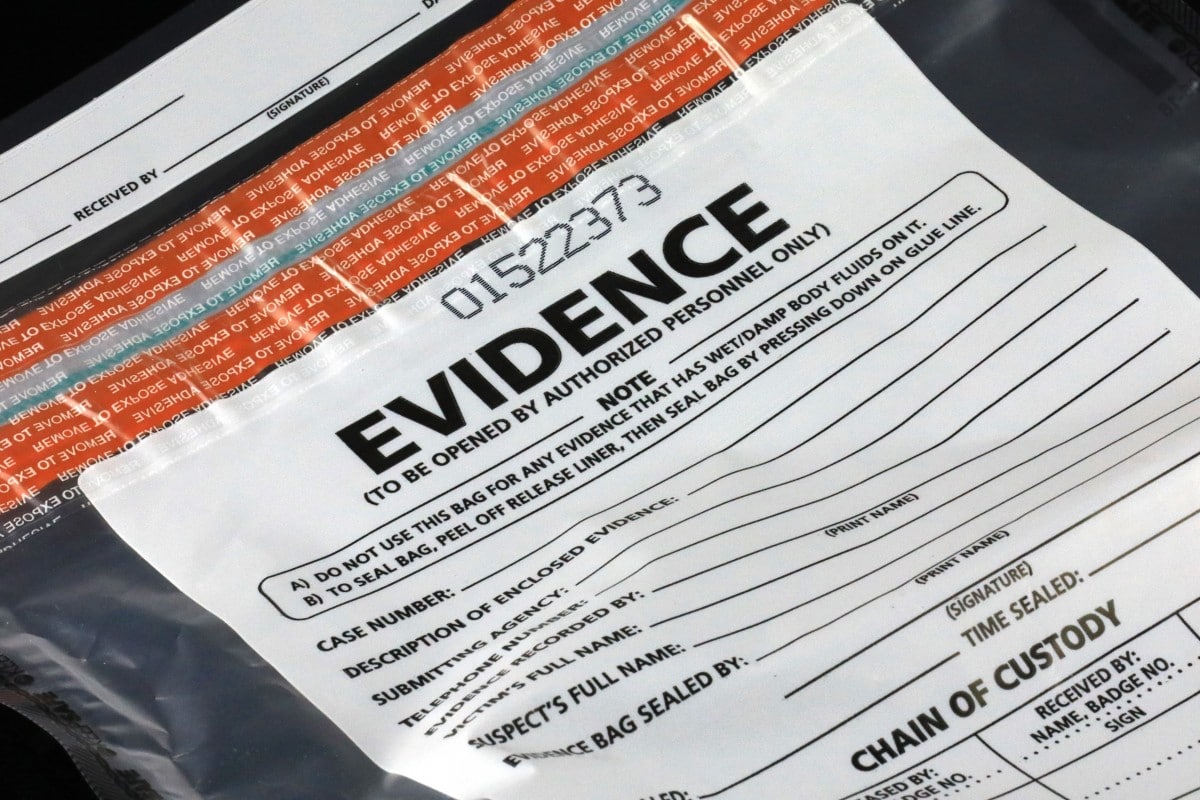This article is everything you need to know about the chain of custody drug screen process. I get it, that’s not very exciting. But it is necessary to understand the process if you are facing a drug test that is subject to it.
So I got you covered here with everything you need to know in the next five minutes about the chain of custody for drug testing. What the chain of custody is, including the custody and control forms that are relevant. When chain of custody is use, and when it’s not used.
I’ll also give you a few tips on how you can pass any type of drug test, regardless of whether it’s under the chain of custody rules.
The Chain Of Custody Process – Federal Law Vs State Law
As with most things in the USA, federal law covers some circumstances, and then state law expands on these guidelines.
In terms of federally mandated chains of custody, they apply the following circumstances:
- Department of Transport (DoT)drug testing
- Substance Abuse and Mental Health Services Administration (SAMHSA) testing
- Military (DoD) drug testing
- Specific federally funded programs
When it comes to state laws and regulations, under a non-federal context, states are pretty much all created their own drug testing laws, which will include chain of custody criteria under certain circumstances.
These include the following general types:
- Some states specify that private employers have to follow specific protocols for their drug testing, and some of these states specify specific chain of custody procedures, or at the very least, that one must be in place of some sort.
- Legal and judicial chain of custody protocols apply for a court order drug test in most states. So things like probation, and child custody are covered by this.
- Some states also extend to medical drug testing, but this is rare. Generally, medical and other drug testing is left up to the individual health care provider, company, or organization.
When Is A Chain Of Custody Process Required?
So I can’t be specific to every state here, but I can give you a good idea of when a chain of custody process is likely to apply to the drug test you face. Basically, any mandatory drug testing will be covered and have a chain of custody process, including custody and control forms.
This will be things like workplace drug testing in regulated industries, legal and court-ordered drug testing, pre-employment drug screens in regulated industries, and sports drug testing.
You Don’t Always Need A Chain Of Custody For Drug Screens
It’s also important to note that not many situations actually require a chain of custody process, and there are no forms or anything else involved.
This is actually the majority of drug testing, carried out for employment purposes, medical purposes, and others, by private companies and organizations.
Voluntary or informal drug testing, routine stuff for things like employment, are not covered by any chain of custody outside of one that the individual company or organization insists on through their own policies.

The Chain Of Custody Drug Screen Process
If you’re facing a drug test that involves a chain of custody process, including a CoC drug test form, then this is how chain of custody typically works, in terms of process and steps:
- The first step is verification. This will verify your identity through providing a form of ID, and potentially being searched as the first stage of stopping tampering or substitution. This is actually no different to any other type of drug testing, they will always ask for proof of ID and record it to verify you are the person who should be submitting the sample.
- The second step is sample collection (hair, saliva, blood, or urine). The collector of the sample has to be certified in the state, and control conditions must be insured to prevent tampering or substitution issues.
- Paperwork is completed before and after the drug test. This will include a chain of custody form (CCF or CoC), confirmation that identity has been collected, along with the date, time, and location of collection. Also, specific details about the sample will be recorded.
- The sample will be sealed and labeled using a tamper-evident seal. This is done using specific labels and barcodes are also always used. The person being tested has to verify and sign that they have observed this ceiling and labelling process and that it is genuine.
- Secure transport to the lab is then ensured. Only accredited labs can be used, and the transport is secure. Note that once bar-coded, that barcode is scanned as part of the process of recording and verifying movement of the sample.
- Upon receipt, the lab verifies and records all of the details, cross-referencing the details on the custody and control form.
- Testing is completed on the sample, the panel drug test, the urinalysis. This is done under strict protocols to ensure accuracy. If the sample test positive, then gas chromatography – mass spectrometry analysis will be used to confirm.
- Results are reported using a standard process, including everything is documented and reviewed as laid out in the control form and legalized process.
- The final step is the maintenance of records. These are stored securely for the period specified under federal or state laws.
The Custody And Control Form (COC Drug Test Form) – What Is It?
The control form is exactly as it states really. It is a single document that follows you through the process and records every part. It is then filed for future reference as required.
It contains the basics of the process, and carries things such as your name, type of test, reason for test, outcome, follow-up actions, basically everything related to the test you can think of.
The Department of Transport testing specifically, it will also state if it was a split sample or not. Because under these guidelines, the sample has to be large enough to be split in half, so that the other half of the sample can be used if the first half of the sample is tested and is positive.
It tells anyone reading it who performed the test, what lab, what type of analysis was done, you get the idea.
When Should You Worry About The Implications Of Chain Of Custody During Drug Testing?
In honesty, there aren’t really any additional implications of chain-of-custody drug screens. They are no different to any other type of drug test, there is just a standard set of steps and paperwork that monitors those steps. Obviously, the type of drug test covered by these regulations is more tightly controlled. Things like Department of transport testing, for example.
But it’s only controlled in terms of process. The actual drug test itself is still mostly unsupervised and will be a standard 5 panel drug test in most instances.
I think it’s also important to say that if you are facing a drug test for employment, medical purposes, and even some private legal circumstances, then no federal or state government-mandated process or chain of custody will be used at all.
Why Is The Chain Of Custody Process Important?
To finish up here, the chain of custody form and process is important under certain circumstances for the following reasons:
- Ensures integrity of the sample and process
- Ensures compliance for all parties involved
- Shows legal compliance
- Can be referred back to if needed
You might think that because of all those good reasons, all drug tests would have this chain of custody in the process. But because they aren’t covered by government regulations, those extra costs and hoops to jump through are often not wanted or needed.
However, don’t assume that isn’t the case. The company or organization you are drug tested by may have their own process which involves exactly the same steps and similar forms, mimicking federal or state guidelines, because not only does it make things watertight for them, but it also ensures they are covered if legally challenged.
Whatever The Situation You Have These Tools To Pass Available
If you’re facing a drug test under any circumstances, and you need to be clean, then these are the options you have:
- The unsupervised drug test you can submit a fake sample of synthetic urine. Quick Luck is the best on the market, because it’s highly complex and uses heat activator powder to allow you to control the temperature.
- To get clean faster, to pass any type of test, use Toxin Rid pills. They speed up the removal of toxins from the body by up to 70% faster than can be achieved naturally.
- For oral drug testing use Oral Clear gum. It’s a small capsule of highly concentrated mouthwash that can be used anywhere, even with someone in the room with you, to neutralize your saliva for up to 15 minutes.
- For supervised drug testing you can use Rescue Cleanse detox drink. It speeds up the removal of toxins from the body through the kidneys so that there is a gap in the flow of several hours, during which your fresh urine will be clean to submit.




